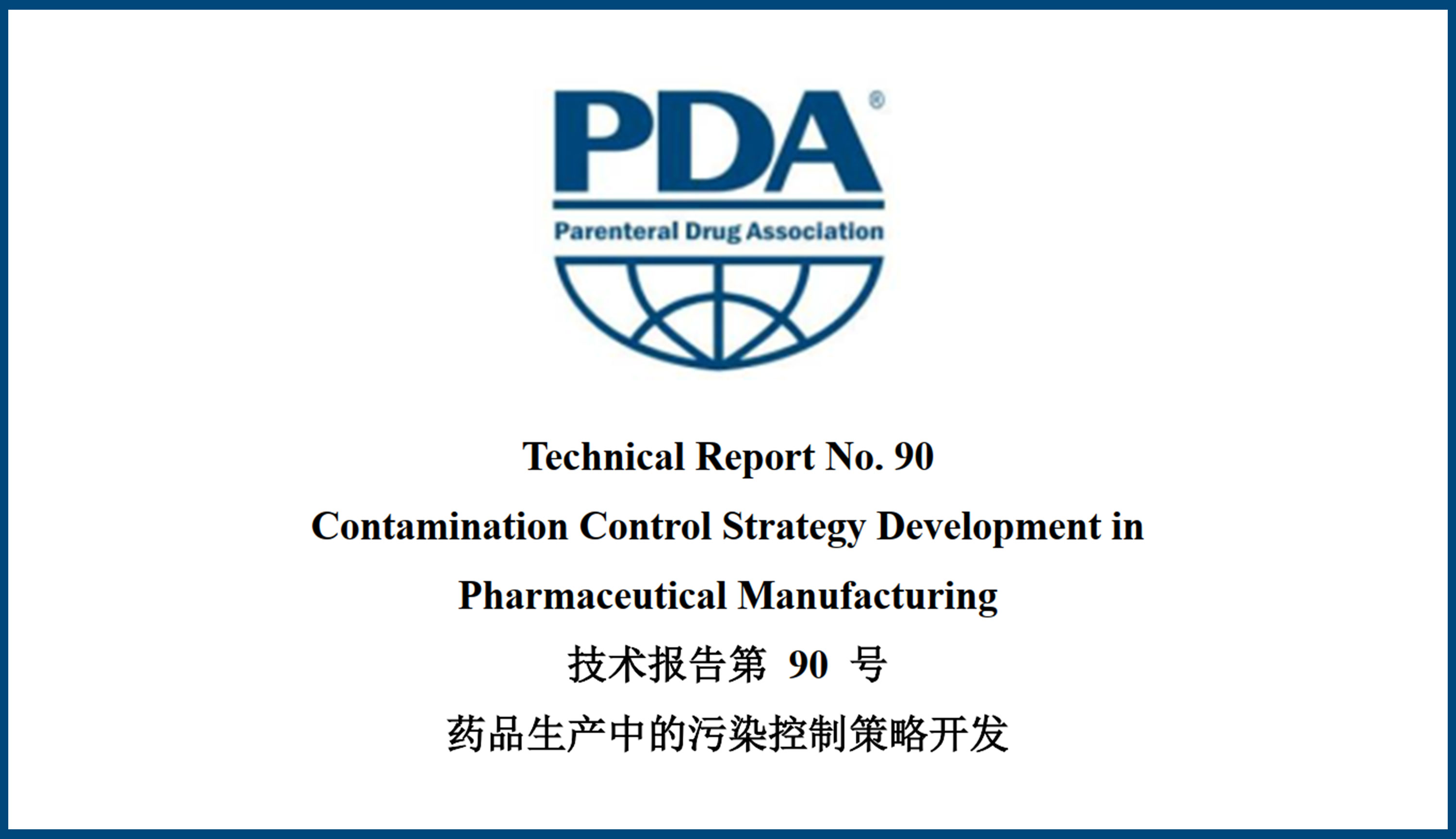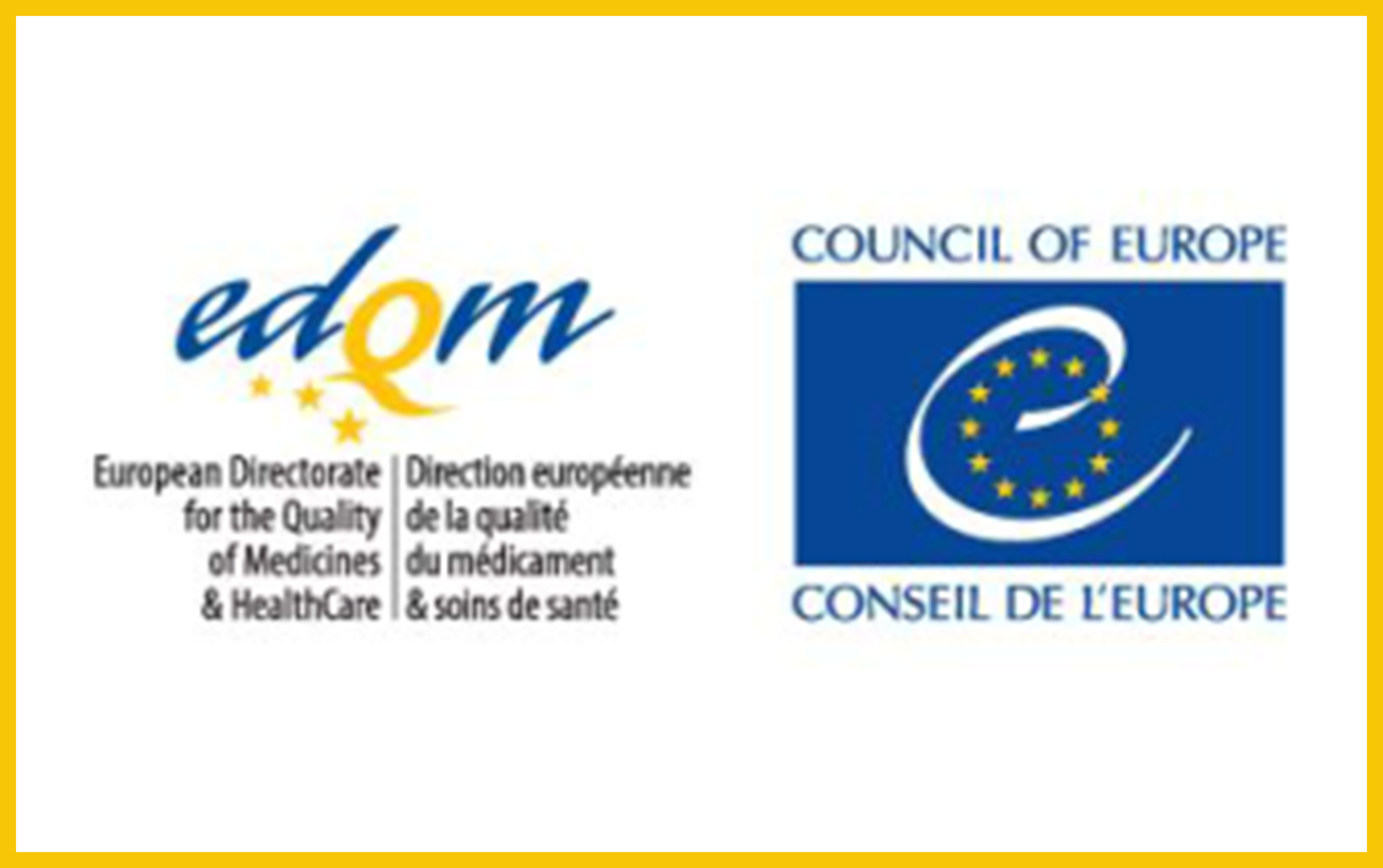PDA-TR90-CCS
2023-02-21 13:48:32Drug manufacturers have employed contamination control measures for decades as a core element of good manufacturing practices. Commonly, these are a collection of practices that were developed separately and applied without clear consideration for their interdependence.
The ongoing evolution of contamination control principles that this document addresses is a shift to a holistic approach, where the practices are designed to work together to achieve proactive contamination control and are evaluated for their collective effectiveness. The holistic approach also demands that contamination control measures be tailored to the specific risks around each individual process.
Many GMP practices are part of a company’s contamination control strategy (CCS) including, for example, how processes and facilities are designed (including cleaning and disinfection), how raw materials and consumables are selected and managed, and how personnel are trained and developed. The CCS is also intended to drive continuous improvement and/or remediation. The success of any one CCS element is intrinsically linked to the others, and the success of the CCS depends upon how well the individual elements work together to reduce the contamination hazards for a specific process (see Figure 3.0-1).
be understood and evaluated holistically. All CCS documents should summarize the contamination control practices, along with the underlying rationales, and reference the supportive procedures and reports. This technical report outlines how to implement an effective CCS using a holistic approach, highlights a selection of best practices, and identifies outdatedpractices and mindsets. The document opens with a conceptual discussion of the various CCS elements (Section 3.0) with the understanding that all drugmanufacturing firms will have these elements in various forms and levels of maturity. The many existing guidances and standards for specific CCS elements, for example, critical utility control, gowning practices, and process hold times, are referenced in Section 14.0. This technical report does not replace or reiterate those detailed documents; rather it acts as a roadmap. Appendices are also included that provide valuable case studies and practical examples as well as a template for creating a CCS document (see Section 18.0).









